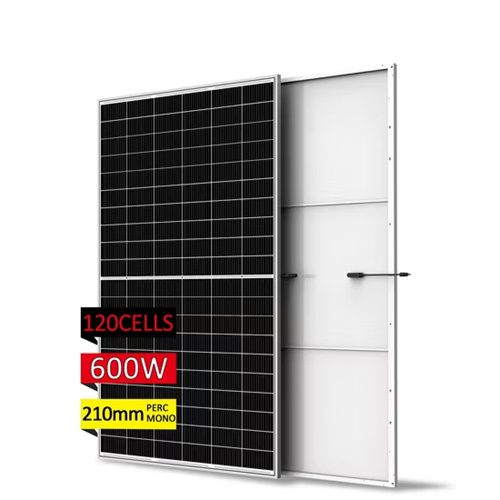About 150 degree energy storage
As the photovoltaic (PV) industry continues to evolve, advancements in 150 degree energy storage have become critical to optimizing the utilization of renewable energy sources. From innovative battery technologies to intelligent energy management systems, these solutions are transforming the way we store and distribute solar-generated electricity.
When you're looking for the latest and most efficient 150 degree energy storage for your PV project, our website offers a comprehensive selection of cutting-edge products designed to meet your specific requirements. Whether you're a renewable energy developer, utility company, or commercial enterprise looking to reduce your carbon footprint, we have the solutions to help you harness the full potential of solar energy.
By interacting with our online customer service, you'll gain a deep understanding of the various 150 degree energy storage featured in our extensive catalog, such as high-efficiency storage batteries and intelligent energy management systems, and how they work together to provide a stable and reliable power supply for your PV projects.
6 FAQs about [150 degree energy storage]
Can thermal energy storage improve the dispatchability of solar energy?
Thermal energy storage (TES) can be a potential alternative to address the intermittency of solar energy by storing heat during sunshine duration and releasing during the offsun periods. Hence, TES can not only improve the dispatchability of solar energy but also can increase the reliability and effectiveness of CST systems.
What are the characteristics of a high energy storage system?
High-energy storage density and high power capacity for charging and discharging are desirable properties of any storage system.
What is a typical storage temperature?
Each application requires different storage temperatures. While for buildings the typical temperature range is between 5 and 90 °C, for industries with process heat applications it is typically between 40 and 250 °C and for solar thermal power plants up to 600 °C.
Why is thermal energy storage important?
For increasing the share of fluctuating renewable energy sources, thermal energy storages are undeniably important. Typical applications are heat and cold supply for buildings or in industries as well as in thermal power plants. Each application requires different storage temperatures.
Is there a large scale underground seasonal thermal energy storage in China?
Zhou, X. et al. Large scale underground seasonal thermal energy storage in China. J. Energy Storage 33, 102026 (2021). Thinsurat, K., Ma, Z., Roskilly, A. P. & Bao, H. Compressor-assisted thermochemical sorption integrated with solar photovoltaic-thermal collector for seasonal solar thermal energy storage.
What is cool thermal energy storage (CTEs)?
Cool thermal energy storage (CTES) has recently attracted interest for its industrial refrigeration applications, such as process cooling, food preservation, and building air-conditioning systems. PCMs and their thermal properties suitable for air-conditioning applications can be found in .
Related Contents
- 200 degree energy storage cabinet price
- 20 degree phase change energy storage material
- 60 degree battery energy storage
- 100 degree energy storage power station price
- 20000 degree energy storage station profit margin
- SRR-50 100 150 200-15S Sunrange Energy
- Ranking of energy storage solution suppliers
- Italian energy storage power station pcs
- Current tester energy storage
- Muscat phase change energy storage supplier
- Lithium energy storage power supply direct sales
- Palestine south energy storage business park


